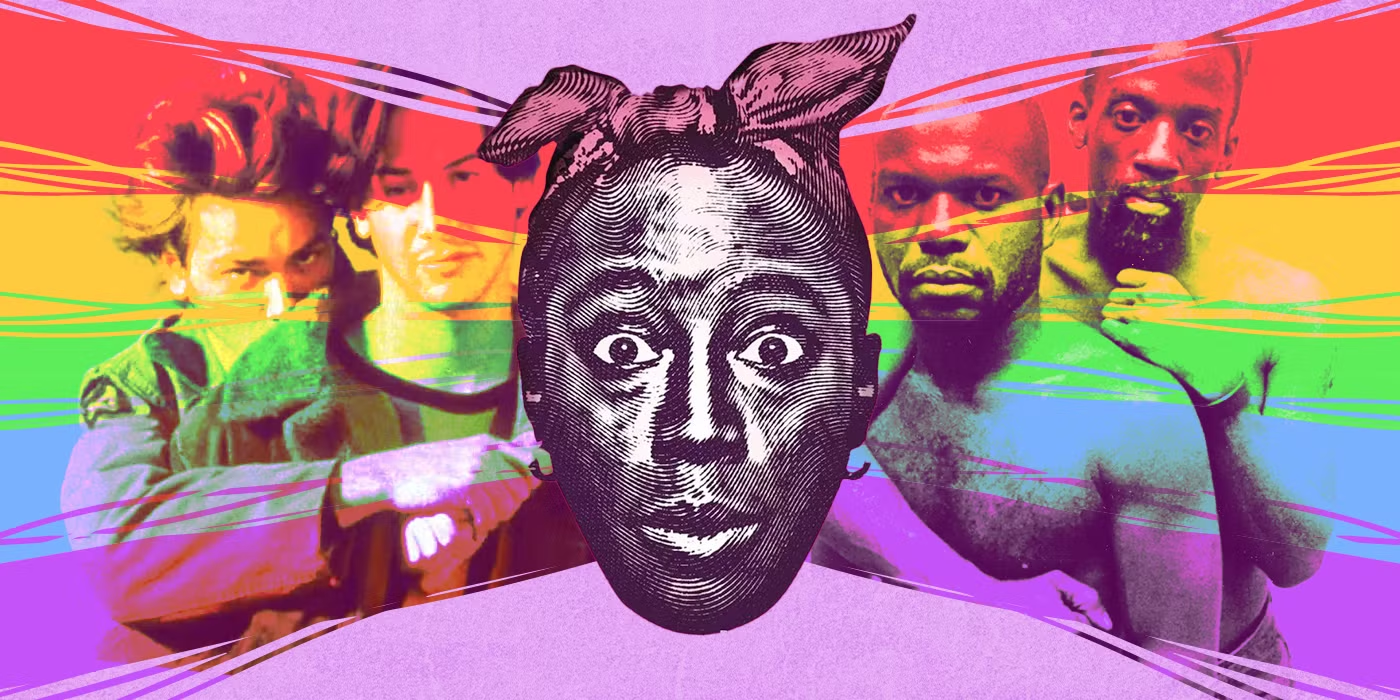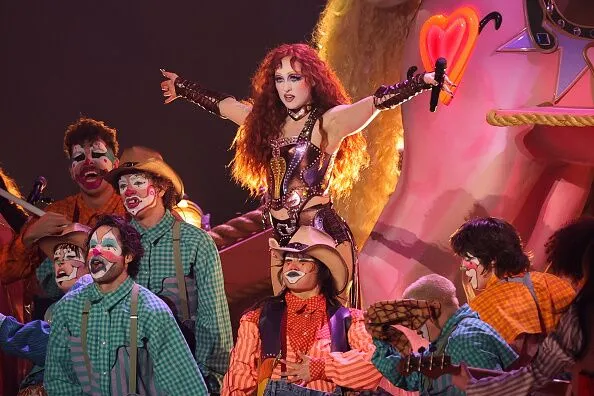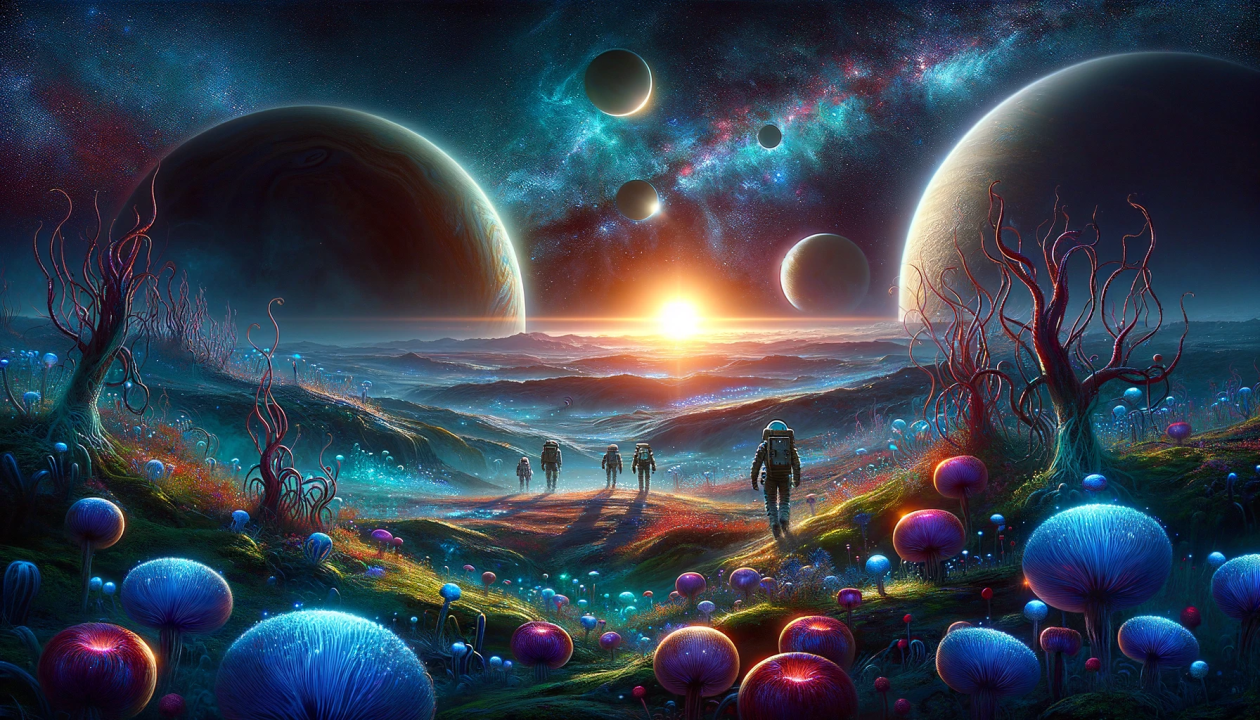What Is New Queer Cinema?
A Deep Dive into B. Ruby Rich's Era-Defining Concept
New Queer Cinema (NQC) is a term coined by film critic B. Ruby Rich in 1992 to describe a wave of independent films that challenged traditional narratives around queerness. This movement was groundbreaking, providing a space for LGBTQ+ filmmakers to present their stories authentically. But what exactly is New Queer Cinema, and why is it significant? Let's explore its history, key themes, and legacy.
Origins of Queer Cinema
The Early Days: Hollywood’s Hidden Queerness
During the Golden Age of Hollywood, explicit queerness was largely absent from mainstream films due to censorship laws like the Hays Code (1934-1968). However, LGBTQ+ audiences found hidden meanings in films featuring actors and directors known to be queer. Filmmakers such as George Cukor, Dorothy Arzner, and James Whale created works with subtext that resonated with queer viewers.
Avant-Garde and Underground Cinema
Post-WWII avant-garde filmmakers, such as Andy Warhol and Jean Genet, produced experimental queer films that challenged mainstream storytelling. Films like Un Chant d’Amour (1950) and Flaming Creatures (1963) pushed boundaries, laying the groundwork for New Queer Cinema.
The Stonewall Effect
The Stonewall riots of 1969 ignited the LGBTQ+ rights movement and influenced queer storytelling. During this period, documentary and independent filmmaking flourished, capturing the realities of queer life and activism. John Waters, with films like Pink Flamingos (1972), embodied this era's rebellious spirit.
The Birth of New Queer Cinema
Political and Technological Catalysts
The 1980s provided the conditions necessary for New Queer Cinema to emerge. According to Rich, four key elements influenced its rise:
- The AIDS Crisis: The devastation of AIDS, coupled with governmental neglect, fueled activism and storytelling.
- The Reagan Era: Conservative policies marginalized LGBTQ+ communities, leading to subversive artistic responses.
- Camcorder Accessibility: Affordable video technology democratized filmmaking, enabling more diverse voices.
- Cheap Rent in NYC: The availability of low-cost housing allowed artists to create without financial burdens.
Key Films and Filmmakers
New Queer Cinema gained recognition in 1992 when Rich observed a trend among films premiering at festivals. Some defining films include:
- Poison (1991) – Directed by Todd Haynes, this film blended horror, sci-fi, and social commentary.
- Edward II (1991) – Derek Jarman’s adaptation of Christopher Marlowe’s play, blending history with modern queer identity.
- The Living End (1992) – Gregg Araki’s road movie about two HIV-positive lovers on the run.
Defining Characteristics of New Queer Cinema
Rich identified several thematic and stylistic elements common to NQC films:
- Subversion of Traditional Narratives: These films rejected mainstream LGBTQ+ stereotypes, embracing complex characters and stories.
- Nonlinear Storytelling: Many used fragmented, experimental storytelling techniques.
- Irony and Pastiche: Borrowing from various genres, these films often played with camp, satire, and homage.
- Political Activism: Themes of resistance against oppression, particularly in response to AIDS and homophobia, were central.
Gender Disparities in New Queer Cinema
Despite its revolutionary nature, NQC was not without its shortcomings. The movement was largely dominated by male filmmakers, with lesbian cinema receiving less attention. Rich described this divide by stating, “Where the boys are archaeologists, the girls have to be alchemists.” Films like Go Fish (1994) and The Watermelon Woman (1996) challenged this imbalance, offering much-needed lesbian representation.
The Evolution of Queer Cinema
Late ‘90s and Early 2000s: A Shift in Tone
By the late 1990s, queer cinema moved away from the experimental style of NQC. Rich noted a demand for “feel-good” films, such as But I’m a Cheerleader (1999). While this shift increased visibility, it also led to more conventional storytelling.
The Mainstreaming of LGBTQ+ Stories
The 2010s saw LGBTQ+ representation become more common in mainstream media. Television played a significant role, with series like Orange is the New Black (2013) and Pose (2018) bringing nuanced queer narratives to the forefront.
New Trans Cinema
One of the most significant developments post-NQC has been the rise of New Trans Cinema. This movement, championed by filmmakers like Silas Howard and Sam Feder, centers transgender stories with authenticity. Films like Tangerine (2015) and Disclosure (2020) challenge outdated portrayals and push for trans representation.
The Legacy of New Queer Cinema
While New Queer Cinema as a movement has evolved, its impact remains undeniable. It laid the foundation for contemporary queer storytelling and continues to inspire filmmakers worldwide. As Rich stated in 2013, “First [New Queer Cinema] expanded into something, then nothing, and then everything.”
Looking Ahead: The Future of Queer Cinema
The rise of streaming platforms and digital filmmaking has made queer stories more accessible than ever. However, challenges remain, including corporate influence and censorship. Moving forward, the goal is to maintain the radical, boundary-pushing spirit of NQC while embracing new voices and perspectives.
Conclusion
New Queer Cinema was a revolutionary moment in film history, reshaping the way LGBTQ+ stories are told. While mainstream queer representation has increased, there is still a need for bold, subversive, and independent queer cinema. The question remains: Where do we go from here?
As audiences and filmmakers, the best way to honor New Queer Cinema’s legacy is to continue supporting and creating films that challenge norms, embrace diversity, and tell the untold stories of queer lives.






























0 Comments